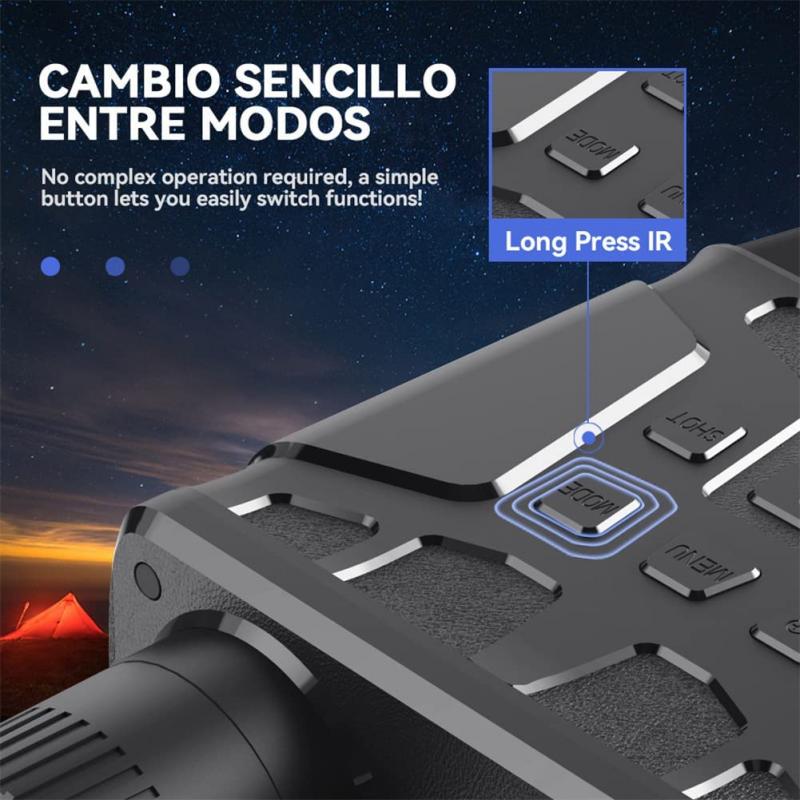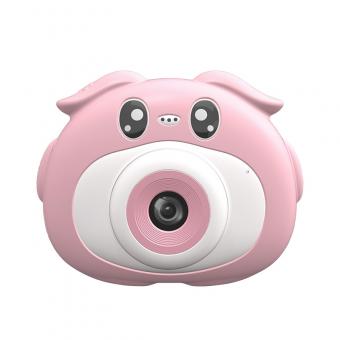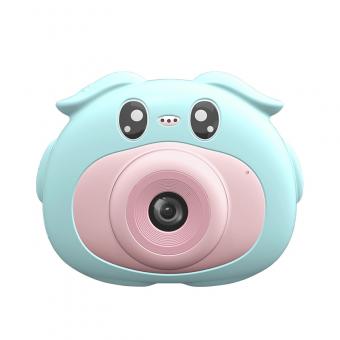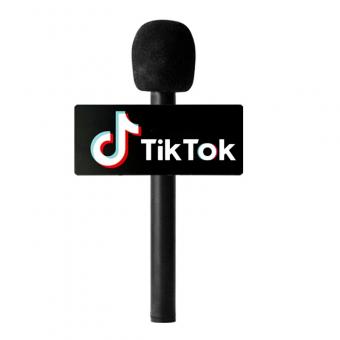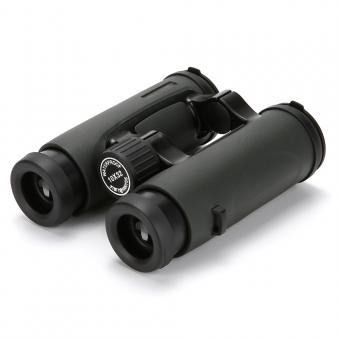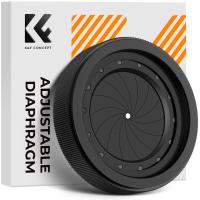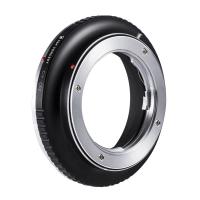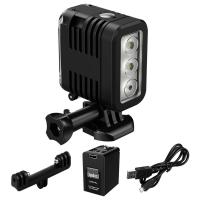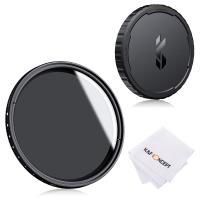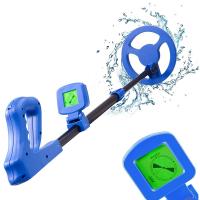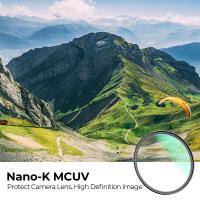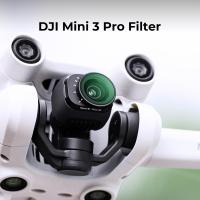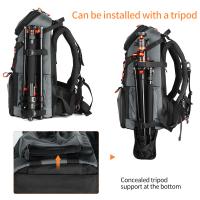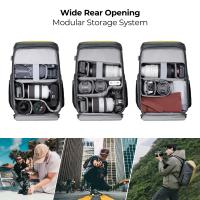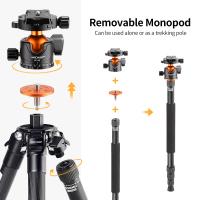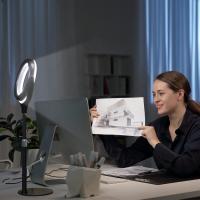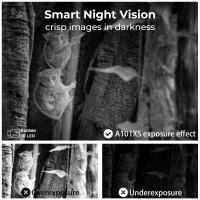What Are Good Specs For Binoculars ?
Good specs for binoculars depend on the intended use and personal preferences. Some important factors to consider include the magnification power, objective lens diameter, field of view, and exit pupil size. For general use, a magnification power of 8x to 10x is recommended, while a larger objective lens diameter (around 42mm) allows for better light gathering and brighter images. A wider field of view is desirable for activities like birdwatching or sports events. The exit pupil size should match the user's pupil size for optimal viewing comfort. Additionally, factors like lens coatings, waterproofing, and durability should also be considered based on individual needs and budget.
1、 Magnification power: Choosing the right level of zoom.
Magnification power is one of the key factors to consider when determining the specifications of binoculars. It refers to the level of zoom that the binoculars provide, allowing users to see objects at a closer distance. Choosing the right level of magnification power depends on the intended use of the binoculars and the preferences of the user.
For general purposes such as birdwatching, hiking, or sporting events, a magnification power of 8x to 10x is often recommended. This range provides a good balance between zoom and stability, allowing for a steady image and a wider field of view. Higher magnification, such as 12x or 16x, can be useful for long-distance viewing, but it may also result in a narrower field of view and a shakier image due to hand movements.
However, it is important to note that higher magnification does not always equate to better binoculars. In recent years, there has been a shift towards lower magnification power, particularly in the field of astronomy. This is because higher magnification can amplify the effects of atmospheric turbulence, resulting in a blurry image. Therefore, some experts now recommend lower magnification power, such as 7x or 8x, for stargazing to achieve a clearer and more stable view.
Ultimately, the choice of magnification power depends on personal preference and the specific use case. It is advisable to try out different magnification levels before making a purchase to determine the most suitable option. Additionally, considering other factors such as the quality of optics, lens diameter, and overall build of the binoculars is also crucial in ensuring a satisfying viewing experience.
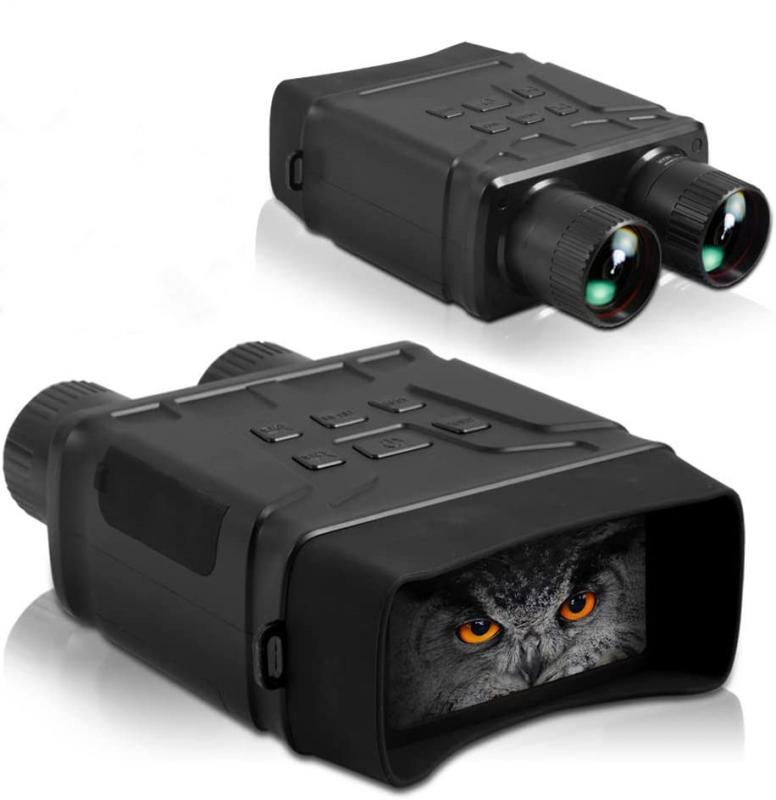
2、 Objective lens diameter: Impact on brightness and low-light performance.
Objective lens diameter is one of the key specifications to consider when looking for good binoculars. It plays a crucial role in determining the brightness and low-light performance of the binoculars. The objective lens diameter refers to the size of the front lenses of the binoculars, measured in millimeters.
A larger objective lens diameter allows more light to enter the binoculars, resulting in brighter and clearer images. This is particularly important in low-light conditions, such as at dawn or dusk, or when observing objects in shaded areas. The additional light gathered by a larger objective lens diameter enhances the overall image quality and detail, making it easier to spot and identify objects.
However, it is important to note that a larger objective lens diameter also means a bulkier and heavier pair of binoculars. This can make them less portable and more challenging to carry around for extended periods. Therefore, it is essential to strike a balance between the desired brightness and the practicality of the binoculars.
In recent years, there has been a trend towards larger objective lens diameters in binoculars. This is driven by advancements in lens and coating technologies, which allow for better light transmission and improved image quality. Many high-end binoculars now feature objective lens diameters of 42mm or even 50mm, providing excellent brightness and low-light performance without compromising portability.
Ultimately, the choice of objective lens diameter depends on the intended use of the binoculars. For general outdoor activities and wildlife observation, a 42mm objective lens diameter is often considered a good balance between brightness and portability. However, for specialized applications such as astronomy or birdwatching in low-light conditions, a larger objective lens diameter of 50mm or more may be preferred to maximize image quality.
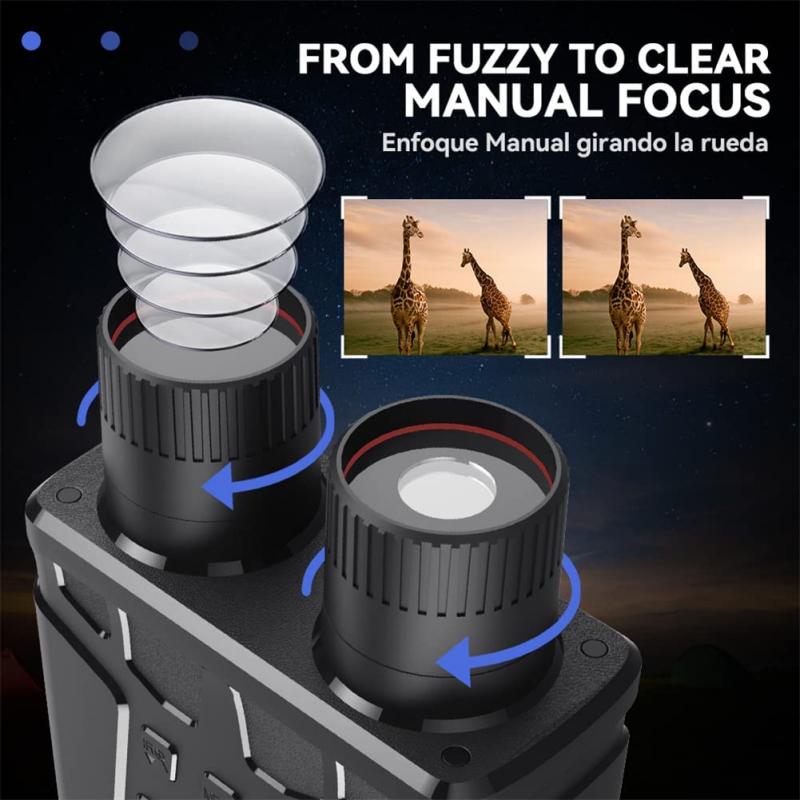
3、 Field of view: Width of the area visible through the binoculars.
Field of view is an important specification to consider when choosing binoculars. It refers to the width of the area visible through the binoculars and is typically measured in degrees or feet at a specific distance. A wider field of view allows you to see more of the surrounding area, making it easier to track moving objects or observe a larger scene.
The ideal field of view for binoculars depends on the intended use. For general-purpose binoculars, a field of view between 6 and 8 degrees is considered good. This provides a balance between a wide enough view and maintaining image quality. However, for specific activities such as birdwatching or sports, a wider field of view may be preferred to capture fast-moving subjects.
It's worth noting that the field of view can vary depending on the magnification power of the binoculars. Higher magnification typically results in a narrower field of view. Therefore, it's important to strike a balance between magnification and field of view based on your specific needs.
In recent years, there have been advancements in binocular technology that have improved the field of view. Some manufacturers have introduced wide-angle binoculars with fields of view exceeding 8 degrees. These wider fields of view provide a more immersive viewing experience and are particularly beneficial for activities like nature observation or stargazing.
Ultimately, the best field of view for binoculars depends on your personal preferences and the intended use. It's recommended to try out different binoculars and compare their fields of view to determine what suits you best.
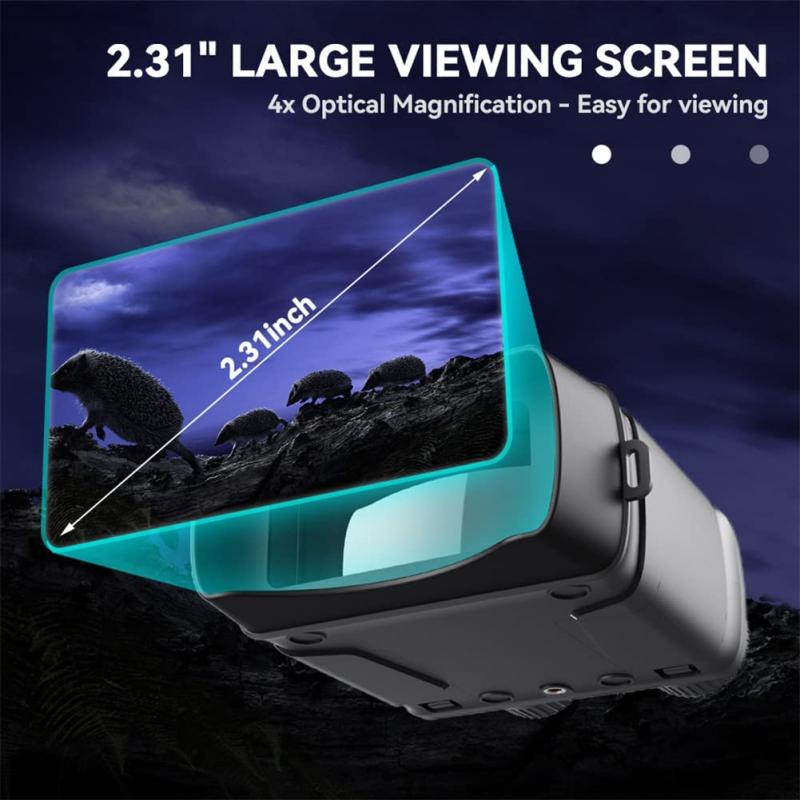
4、 Exit pupil size: Affects brightness and ease of use.
Exit pupil size is an important specification to consider when looking for good binoculars. The exit pupil refers to the diameter of the beam of light that exits the eyepiece and enters your eye. It directly affects the brightness and ease of use of the binoculars.
A larger exit pupil size allows more light to enter your eye, resulting in a brighter image. This is particularly beneficial in low-light conditions, such as during dawn or dusk, or when observing objects in shaded areas. A larger exit pupil also makes it easier to align your eyes with the binoculars, as you have more leeway in positioning your eyes within the exit pupil.
The exit pupil size is determined by dividing the objective lens diameter by the magnification. For example, if you have 8x42 binoculars, the exit pupil size would be 5.25mm (42 divided by 8). Generally, an exit pupil size of around 5mm or larger is considered good for most daylight observations.
However, it's important to note that the human eye's pupil size changes with age. As we get older, our pupils tend to become smaller, limiting the amount of light that can enter the eye. Therefore, for older individuals, binoculars with a larger exit pupil size may be more suitable to ensure a brighter image.
In recent years, there has been a growing trend towards binoculars with larger objective lenses, resulting in larger exit pupil sizes. This is particularly evident in models designed for low-light or astronomical observations. Manufacturers are also incorporating advanced lens coatings and technologies to enhance light transmission and improve image quality, further enhancing the brightness and ease of use of binoculars.
In conclusion, when considering the specifications for binoculars, paying attention to the exit pupil size is crucial. A larger exit pupil size will provide a brighter image and make it easier to use the binoculars, especially in low-light conditions.
